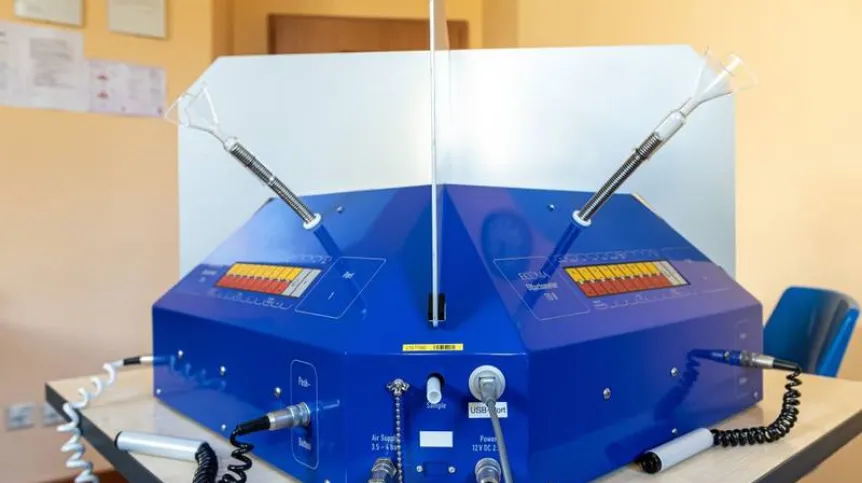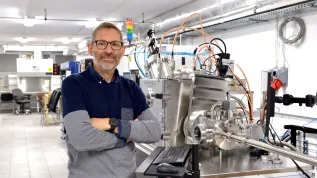
An 'electronic nose' that can help detect sources of problematic odours and monitor their levels in the environment is being developed by scientists at the Wrocław University of Science and Technology.
Consisting primarily of dozens of sensors made of polymers or semiconductor metal oxides, such as zinc oxide, tin oxide or copper oxide,
Each sensor will not detect a specific compound, but will react differently to mixtures being analysed.
Dr. Justyna Jońca from the university’s Faculty of Environmental Engineering said: “It is very difficult to measure a smell. Typical analytical methods allow us to determine the chemical composition of the mixture responsible for its appearance, but they will not answer the question whether it is pleasant, what concentration or intensity it has.”
The whole sensor system will be closed in a protective housing with a built-in air flow system. Based on the signals collected from the sensor matrix, the so-called fragrance fingerprint will be created.
Just like the human fingerprint, each fragrance mixture has its own unique pattern. Samples will also be analysed by a panel of human noses. The results of both measurements will be analysed by a special computer programme.
Jońca said: “The final stage of the project, after developing an electronic nose and creating a monitoring network, will be installing it on a drone. This type of autonomous device could be used, for example, to search for sources of odours.” (PAP)
author: Roman Skiba
ros/ ozk/ kap/
tr. RL













